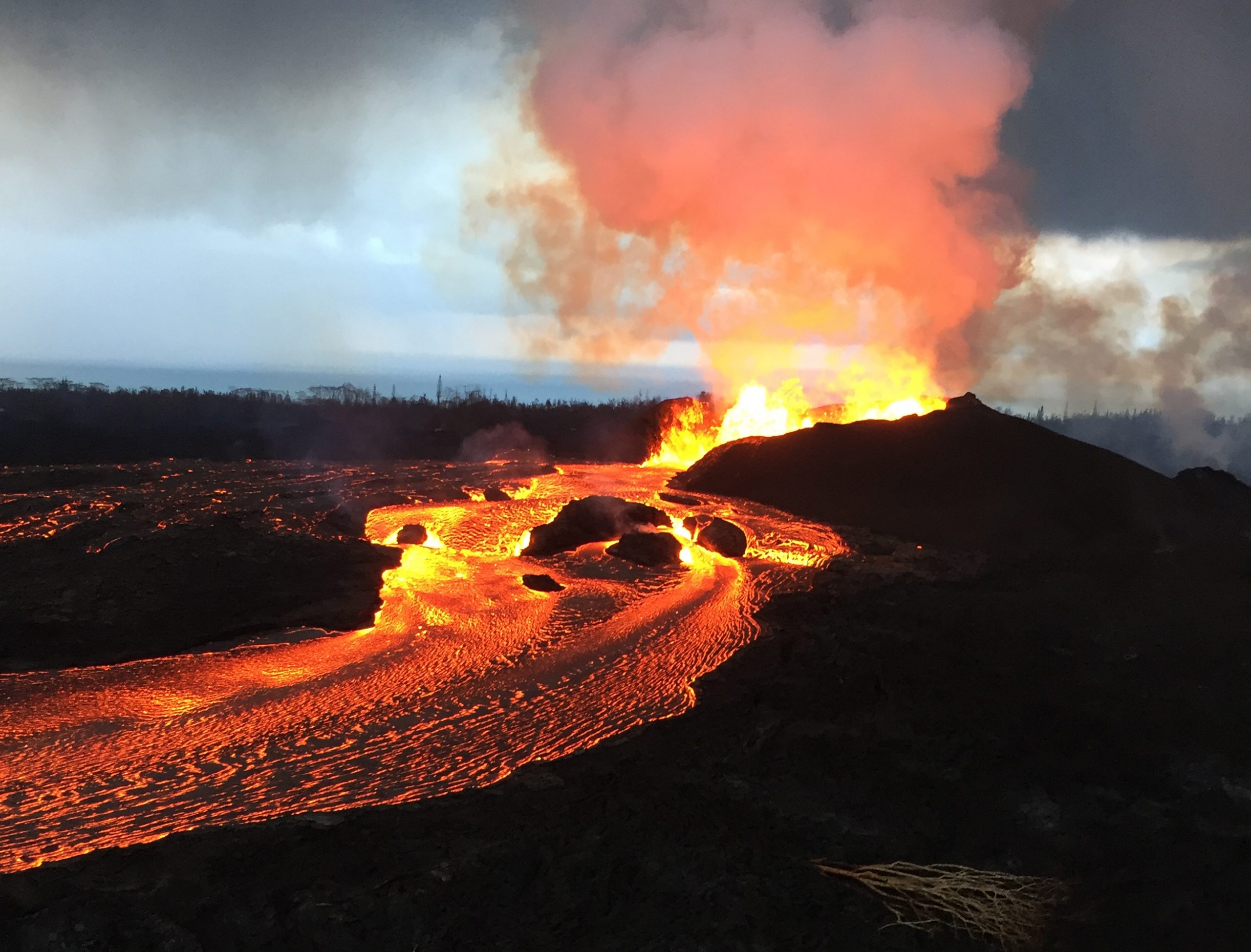Hawaiʻi’s Kilauea volcano, one of the world’s most active, has entered the 12th episode of its ongoing eruption series that began on December 23, 2024. The latest activity commenced on Tuesday at approximately 7:30 p.m., following a six-day pause.
The eruption has been marked by vigorous lava fountains, with heights reaching between 150 to 165 feet, according to AP News. These dynamic displays have captivated observers and continue to reshape the landscape within the summit crater.
Since late December, Kilauea has experienced episodic eruptions. Each episode typically lasts several hours to days, followed by pauses ranging from less than 24 hours to up to 12 days.
The ongoing eruptions have drawn significant public interest, with visitors flocking to Hawaiʻi Volcanoes National Park to witness the volcanic activity. Park officials have established designated viewing areas to ensure public safety while allowing for optimal observation of the lava displays. Despite the dramatic eruptions, no residential areas are currently at risk.
While the visual spectacle is awe-inspiring, authorities caution about potential environmental and health hazards. The Hawaiian Volcano Observatory notes that high levels of volcanic gases, primarily water vapor, carbon dioxide, and sulfur dioxide are being emitted. These gases can lead to the formation of vog (volcanic smog), which poses respiratory risks to individuals downwind of the eruption site.
Kilauea has a long history of activity, with recent eruptions occurring in 2021 and multiple episodes throughout 2023. The current eruption series adds to this legacy, contributing to the ever-evolving geological narrative of Hawaiʻi’s landscape.
Scientists from the U.S. Geological Survey’s Hawaiian Volcano Observatory continue to monitor Kilauea closely, analyzing seismic data, gas emissions, and ground deformation to assess future activity. While the episodic nature of the eruptions presents challenges in prediction, ongoing vigilance ensures that residents and visitors are kept informed about potential hazards.



